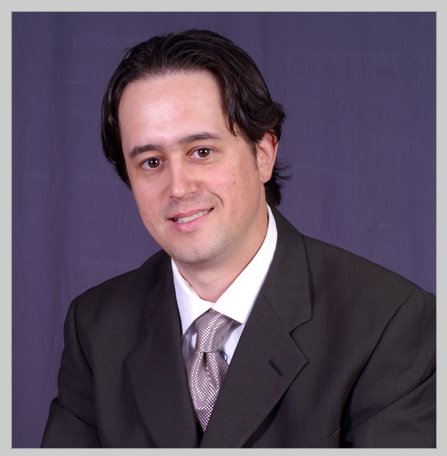Great article: Keeping Spikes in Media Interest Up
The nature of media relations is - like it or not - touch and go. When you're up, you're up. When you're down, you're down and when a story has gone through the news cycle, the let down afterwards can be disappointing. The tendency is to look for ways to keep a story going so an association or NPO can keep their cause "top of mind". This is no small feat but the internet age makes this more possible. In my search to come across some great examples of how this can be done on Kivi's NonProfit Communications Blog with a recent article "The First 100 Hours - Turning Media Spikes into Fundraising Leads".
Some of the more salient points of the article involve the following excellent pieces of advice:
- Amplification of traffic via blogs, Twitter and online PR. Online coverage leads to more traffic to your site than more traditional PR. The best way to amplify traffic is develop one or two clear calls to action and ask bloggers, tweeters, etc. to repeat them.
- Capture and divert Google searchers via customized search ads related to the media activity. For 100 hours (give or take) search activity will surge on a wide range of plain English variations of “your media topic here.” While organic search may get visitors to one page or another on your site, the only way to get searchers directly to the landing page is via paid search ads. Maximize those Google grants - or if you don’t have one - consider an expenditure and track your return. In most cases we’re talking hundreds, not thousands, of dollars.
- Launch concomitant online paid media. In an ideal world, the report release would be accompanied by a flight of online ads. As with search, one could expect click- through rates to be much higher in the 100-hour media coverage window.
- Devote significant home page real estate to diverting traffic to a landing page related to the issue in the media spotlight. For 100 hours, the top home page priority should be getting traffic to the conversion landing page.
- Develop a landing page that makes a very brief yet compelling case for signing on — by offering a free benefit or calling them to action. The quality of the landing page will be the single largest determinant in converting media coverage into traffic into names on the email list.
I think this is excellent advice. What are your thoughts?




